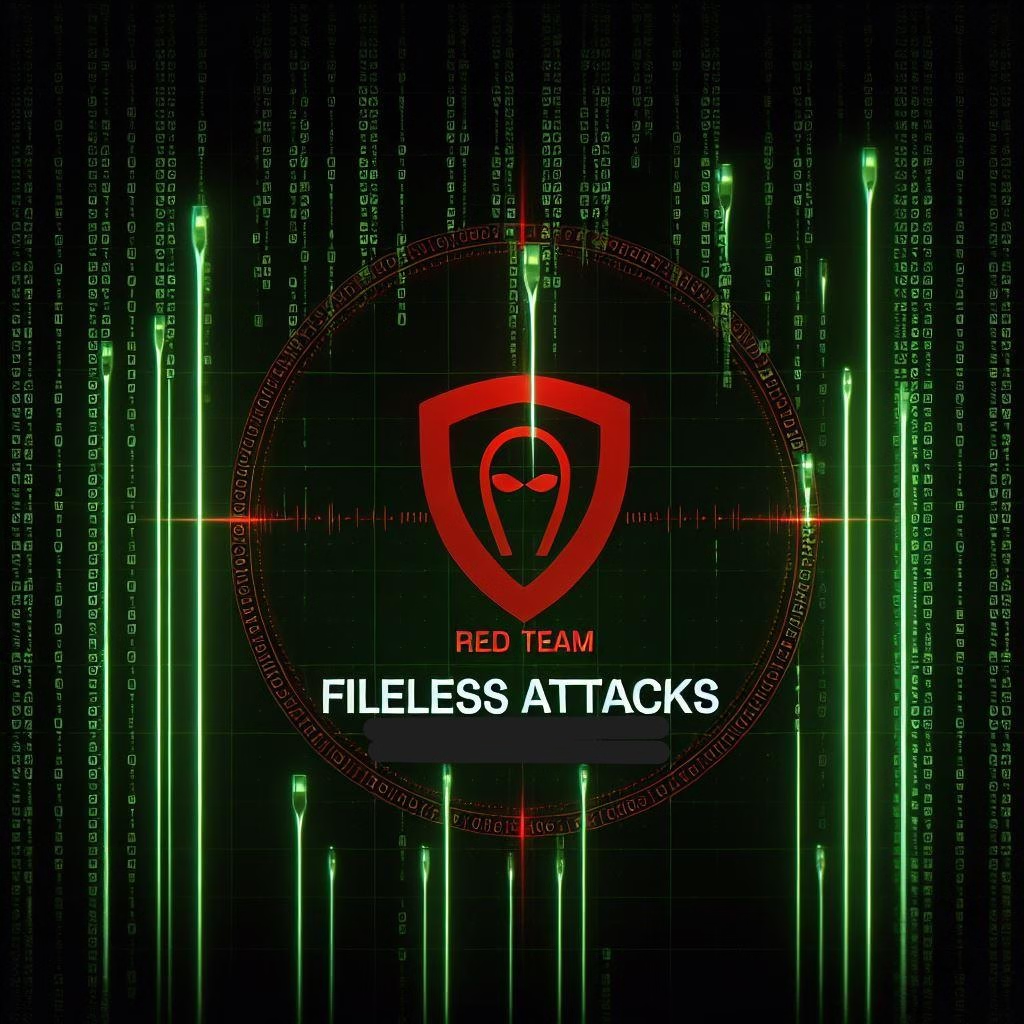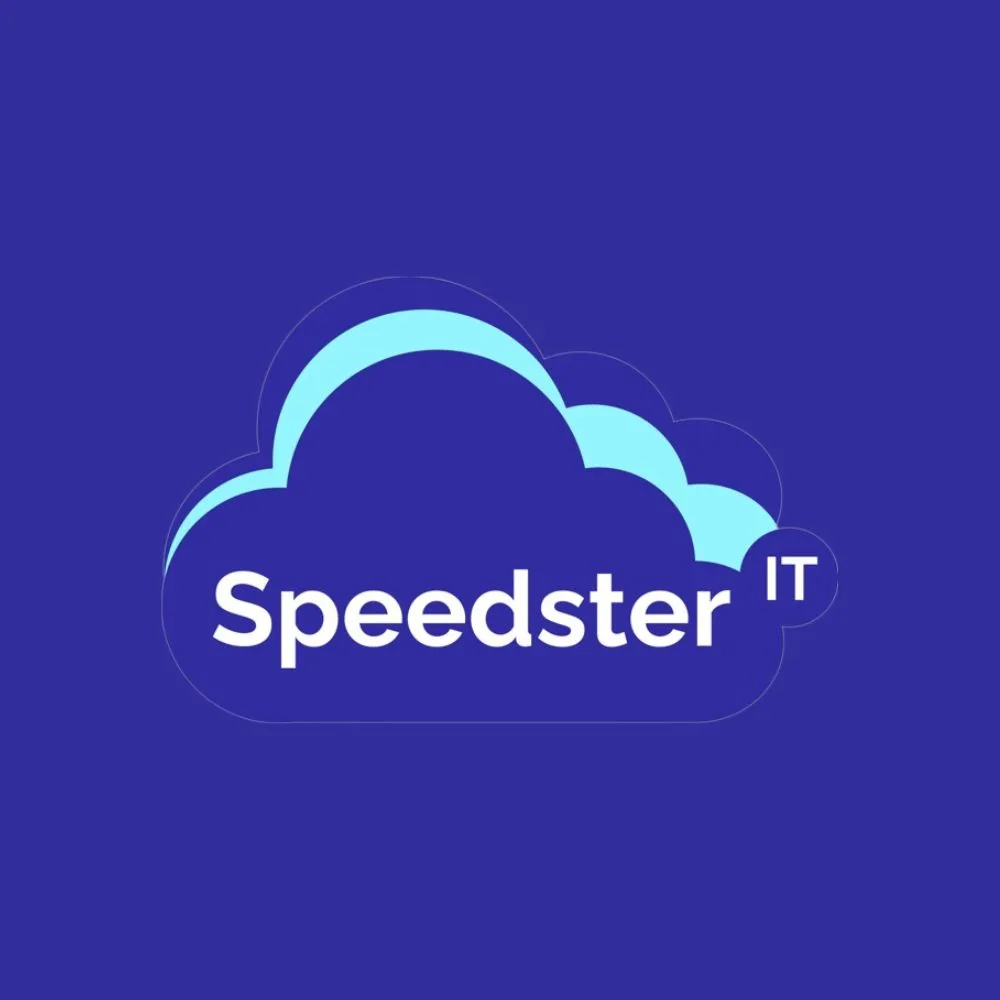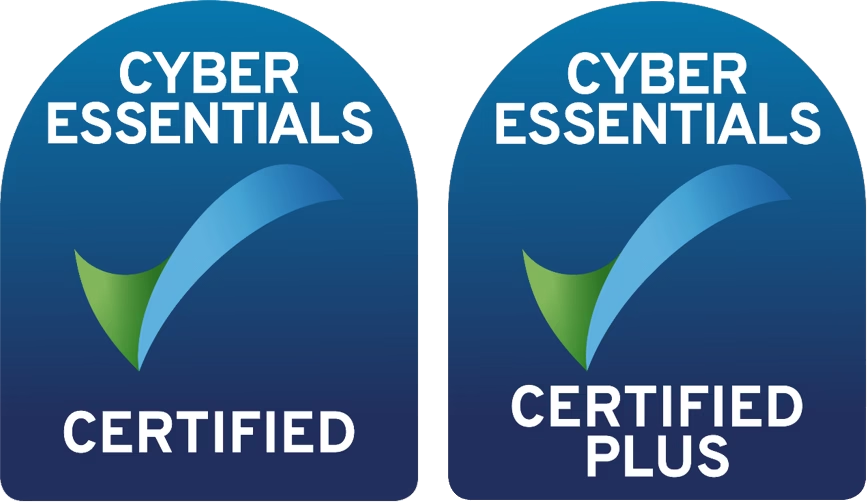The Rise of Fileless Attacks & Fileless Cyber Threats
Cybercriminals are evolving, and fileless attacks are one of the most dangerous Cyber Security Service threats businesses face today.
Unlike traditional malware, fileless attacks do not rely on files or executables—instead, they exploit legitimate system processes, making them hard to detect and impossible to remove.
How Fileless Attacks Work
Instead of dropping malicious files onto a system, these attacks use trusted applications, memory-based exploits, and script abuse to execute code directly within RAM or system tools like PowerShell, WMI, or registry keys. This allows attackers to bypass traditional antivirus and endpoint protection.
How do Fileless Attacks Get into your Systems in the first Place
Phishing Emails & Malicious Links
Hackers trick employees into clicking on malicious links or attachments that execute commands within PowerShell, WMI, or memory processes—no file downloads required.
Fileless Attacks Exploiting Software Vulnerabilities
They take advantage of unpatched software or outdated applications to inject malicious scripts directly into memory, bypassing antivirus detection.
Fileless Attacks Browser & Drive-By Attacks
Simply visiting a compromised website can trigger a fileless attack, as cybercriminals exploit browser vulnerabilities to inject harmful scripts into system processes.
Why Are Fileless Attacks So Dangerous?
✅ Undetectable by Traditional Security – No malware file means no signature-based detection.
✅ Uses Trusted Processes – Attackers abuse pre-installed apps, making threats look like normal operations.
✅ Rapid Execution – No download needed; infection happens in real time.
✅ Difficult to Remove – With no files stored, the attack vanishes once executed, leaving little forensic evidence.
Once inside, attackers use stolen admin credentials to manipulate legitimate system tools (like Windows registry, scheduled tasks, or PowerShell) to execute malicious commands.
With businesses relying more on cloud applications, hackers infiltrate remote desktops, Office 365, or SaaS platforms, deploying fileless attacks within trusted environments.
How Can Businesses Defend Against Fileless Attacks?
💡 Zero Trust Security – Limit access to critical system tools and applications.
💡 Endpoint Detection & Response (EDR) – Monitor behavioural patterns instead of scanning for files.
💡 Managed Detection & Response (MDR) – AI-driven analysis to spot anomalies before damage occurs.
💡 Regular Patch Management – Keep software updated to eliminate vulnerabilities.
💡 Security Awareness Training – Employees must be trained to spot phishing and social engineering tactics.
Fileless attacks are stealthy, sophisticated, and highly destructive. Businesses that rely solely on traditional security tools are at risk.
Adopting advanced cybersecurity measures like Zero Trust and MDR is crucial for staying ahead of modern threats.

Real-World Example – Fileless Attacks During a Pentesting Assessment from Black Hat Ethical Hacking (BHEH) Red Team
During a black-box penetration test, the Black Hat Ethical Hacking (BHEH) Red Team targeted a highly secured client environment, featuring strict network segmentation, hardened system configurations, and enterprise-grade Endpoint Detection & Response (EDR).
Despite these robust defences, the team successfully executed a fileless lateral movement attack, bypassing traditional security measures.
Using legitimate administrative protocols and in-memory payload delivery, BHEH’s security experts demonstrated how attackers can exploit trusted system tools like PowerShell and NTLM authentication to infiltrate networks unnoticed.
Fileless Attacks – Key Takeaways for Businesses
✅ Fileless attacks do not rely on malware files, making them invisible to traditional antivirus.
✅ Attackers use existing system tools, meaning even hardened environments are vulnerable.
✅ Diskless execution ensures no forensic evidence, making post-attack investigations difficult.
✅ EDR alone is not enough—businesses need Zero Trust Security, MDR services, and behavioural-based threat detection to stay protected.
Even with full EDR visibility and Windows Defender enabled, the attack was not flagged, proving that fileless threats require advanced security strategies beyond traditional defences.
Is Your Business Protected?
Speedster IT delivers innovative cybersecurity solutions to keep your systems secure. We can recommend tools that assist businesses in defending against fileless attacks, phishing threats, ransomware, and evolving cyber risks.
With expertise in Zero Trust Security, MDR services, and advanced endpoint protection EDPR, we ensure your business remains resilient, compliant, and safeguarded.
Stay ahead of cyber threats—partner with Speedster IT today!

With over 15 years at Speedster IT, I’ve built a career around helping businesses navigate the evolving world of technology. I publish all the content for the IT Support London Blog and Cyber Security Blog, where I share practical insights on infrastructure upgrades, cybersecurity trends, and smart IT strategies for growing companies.
